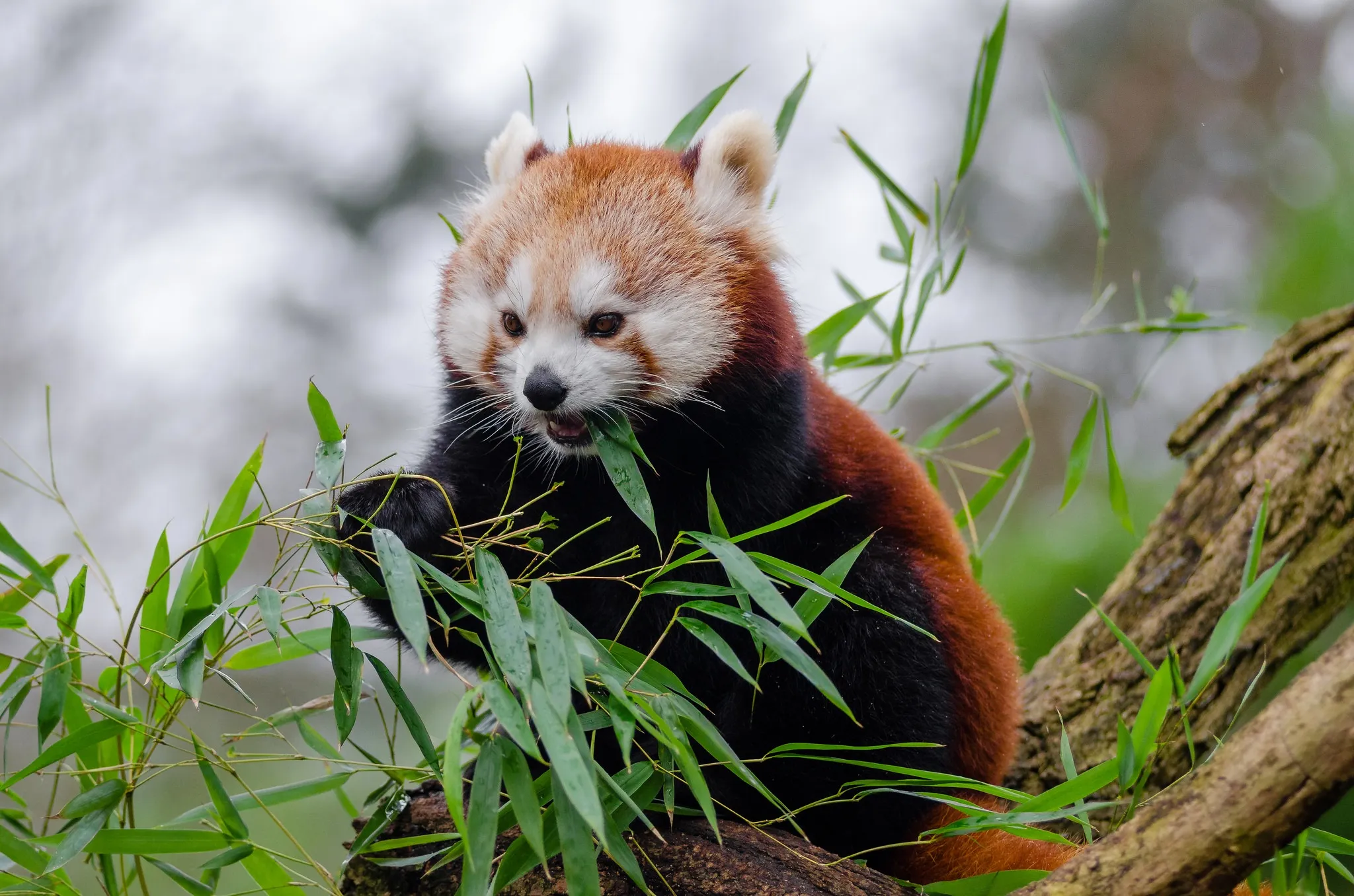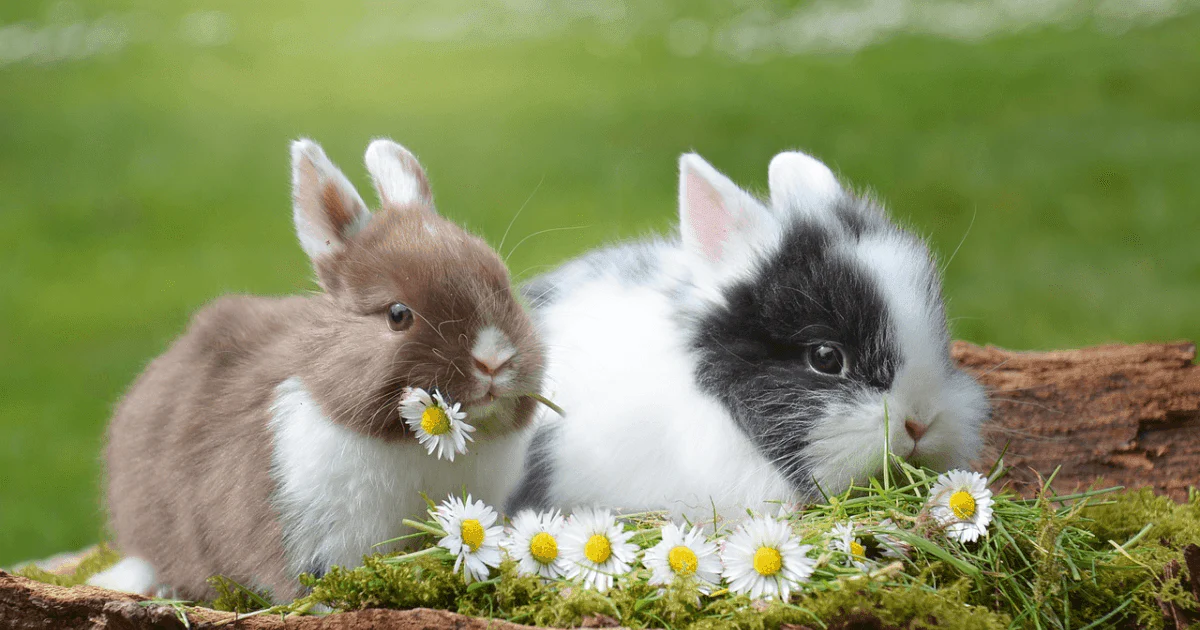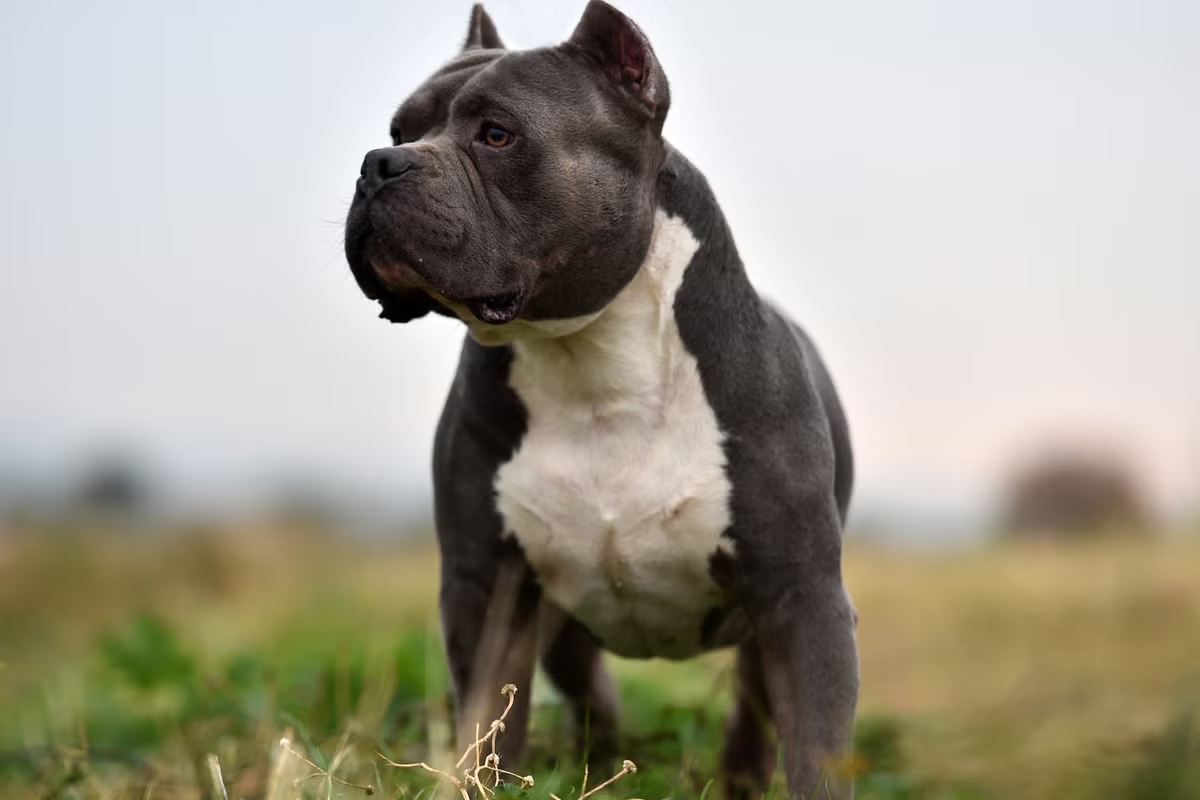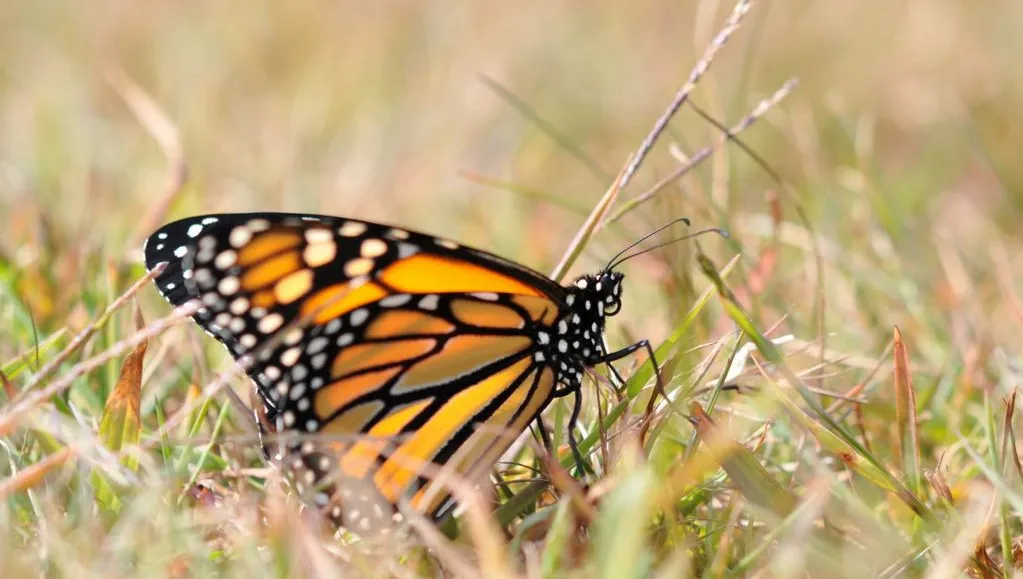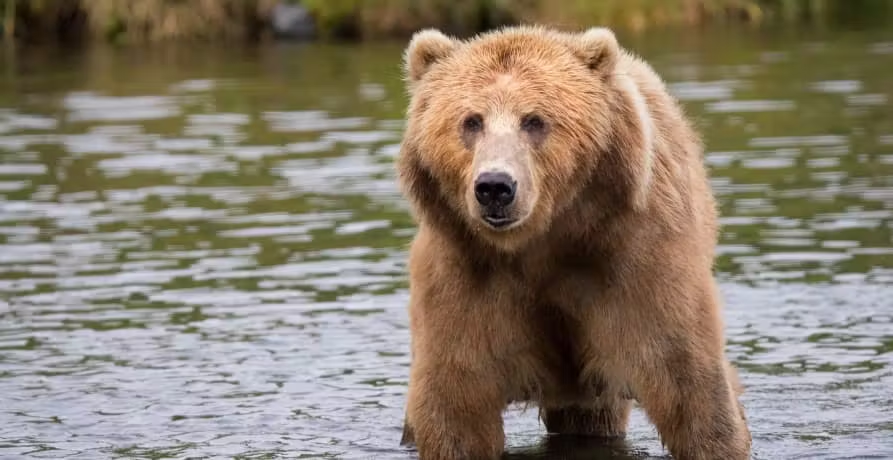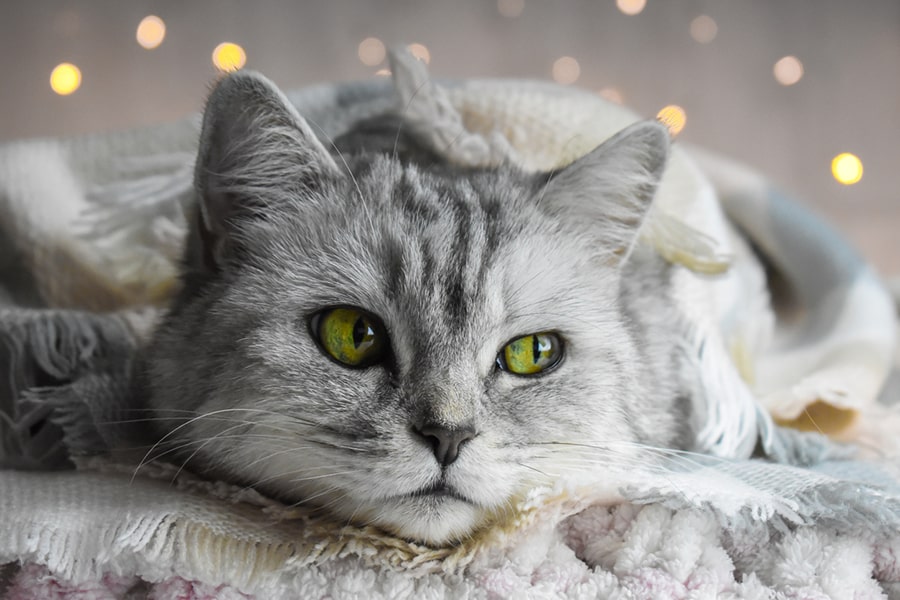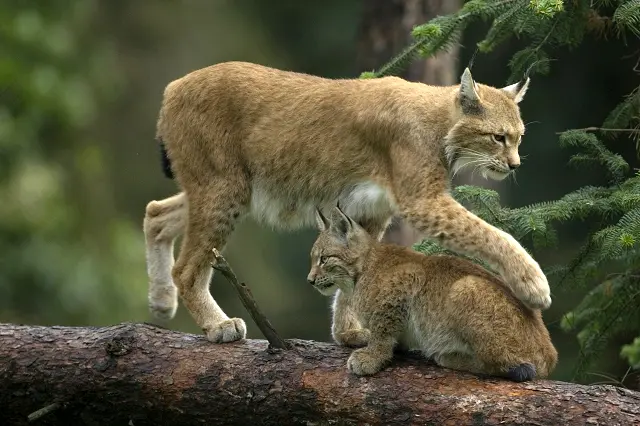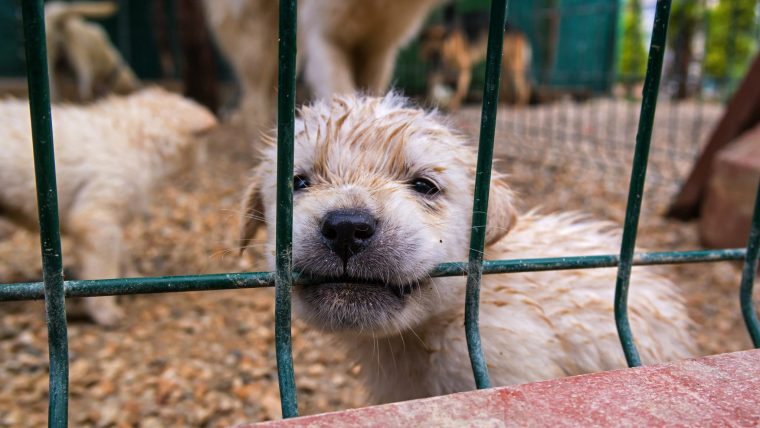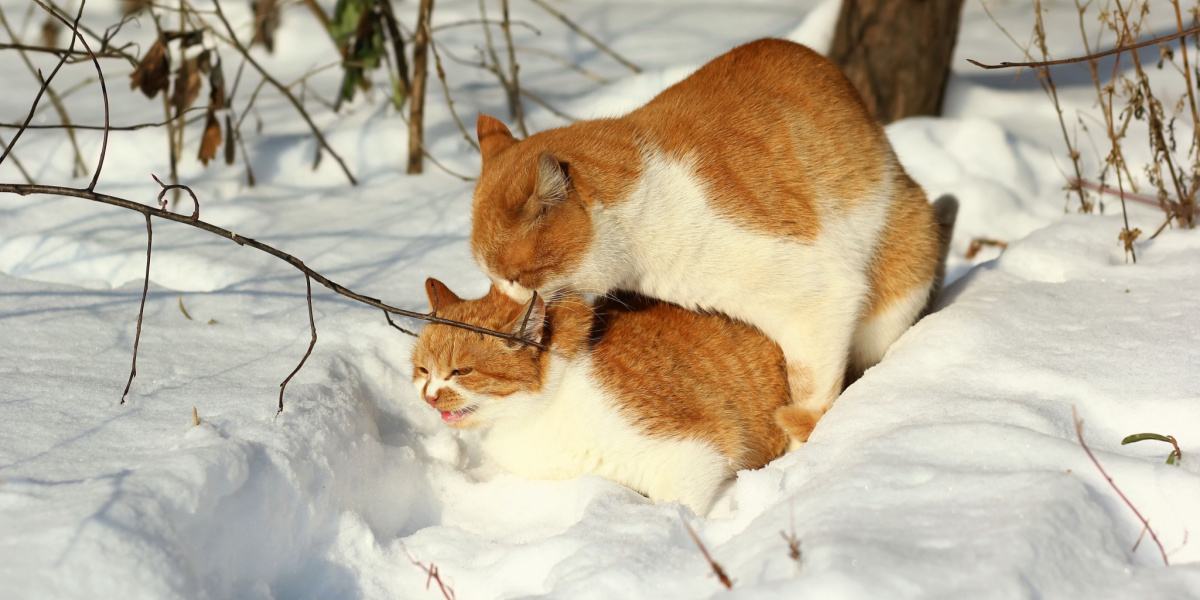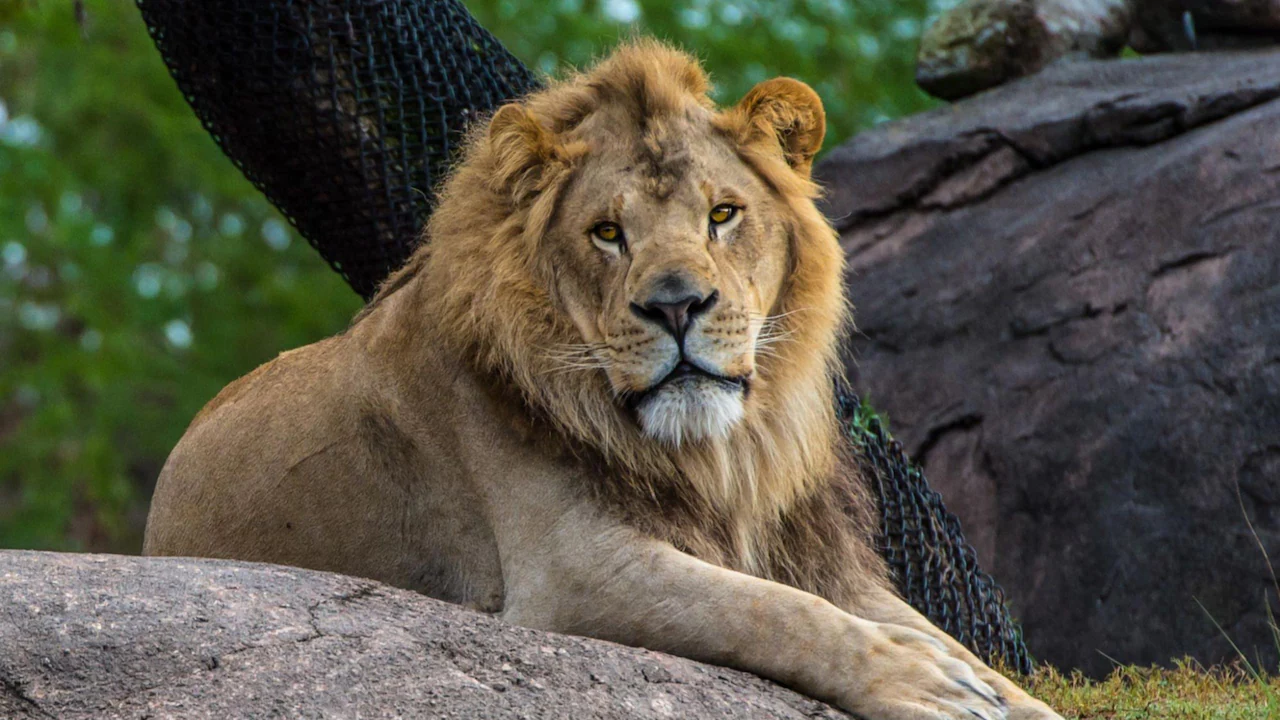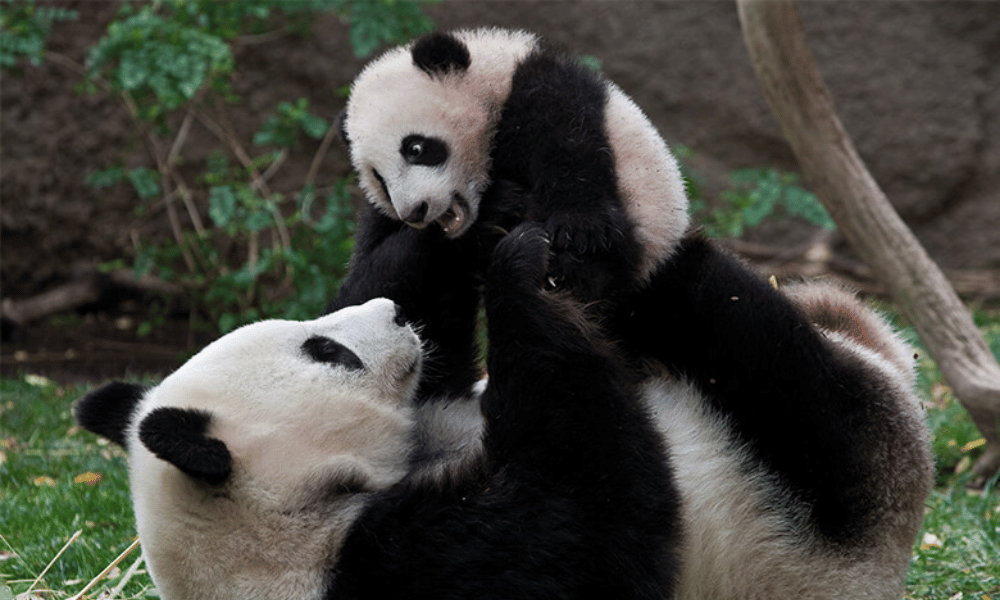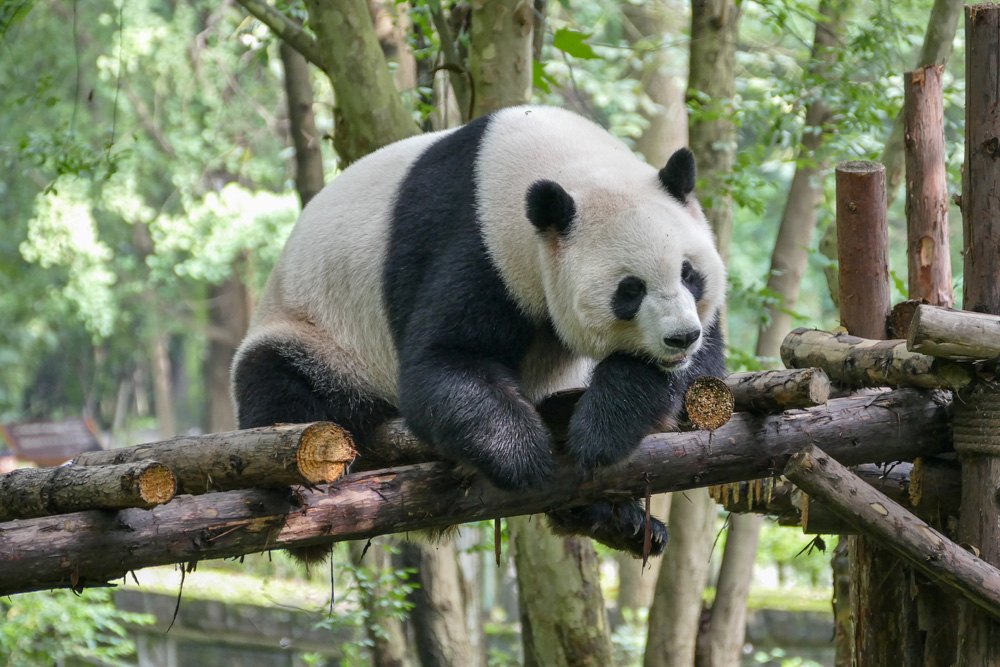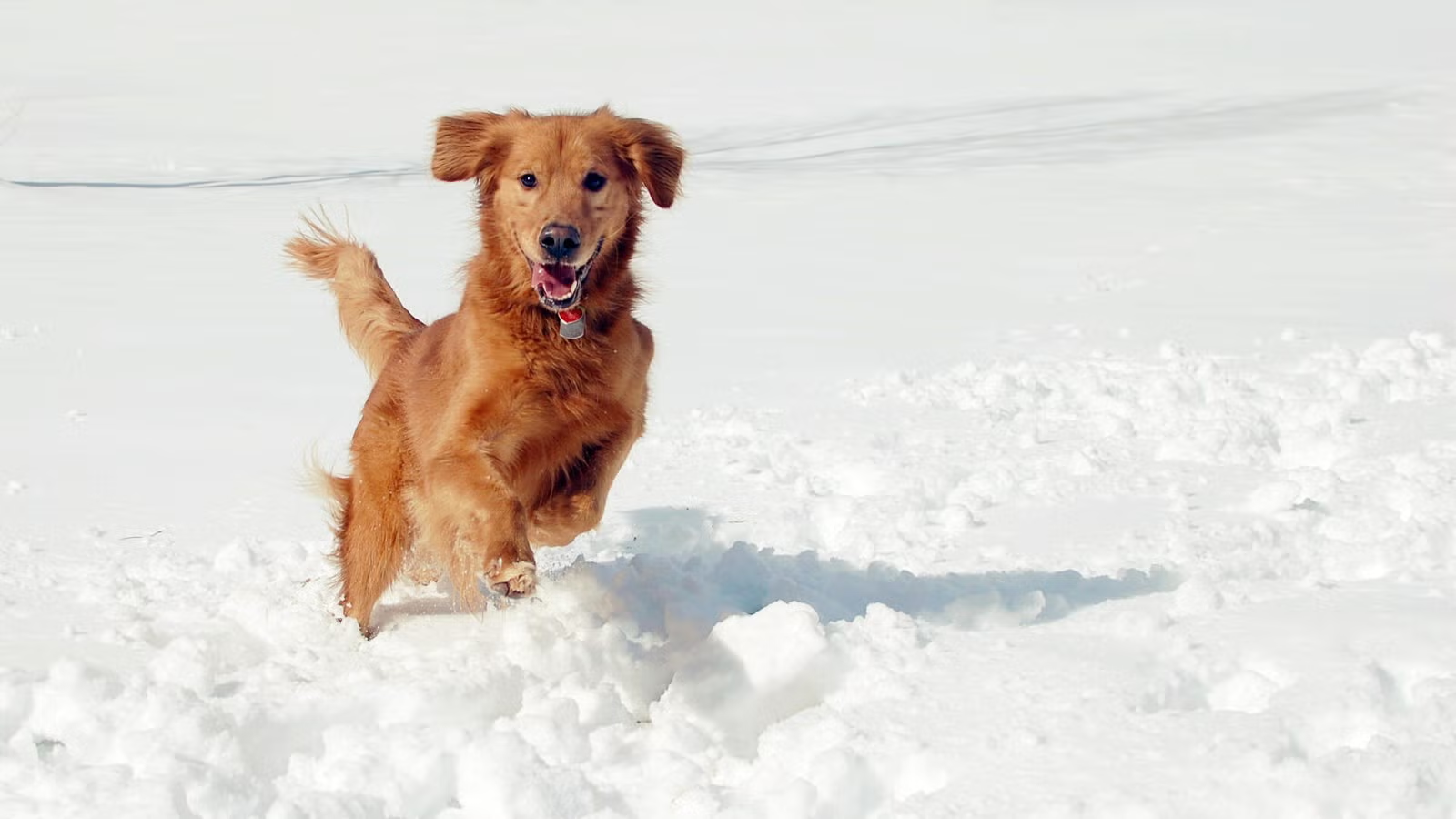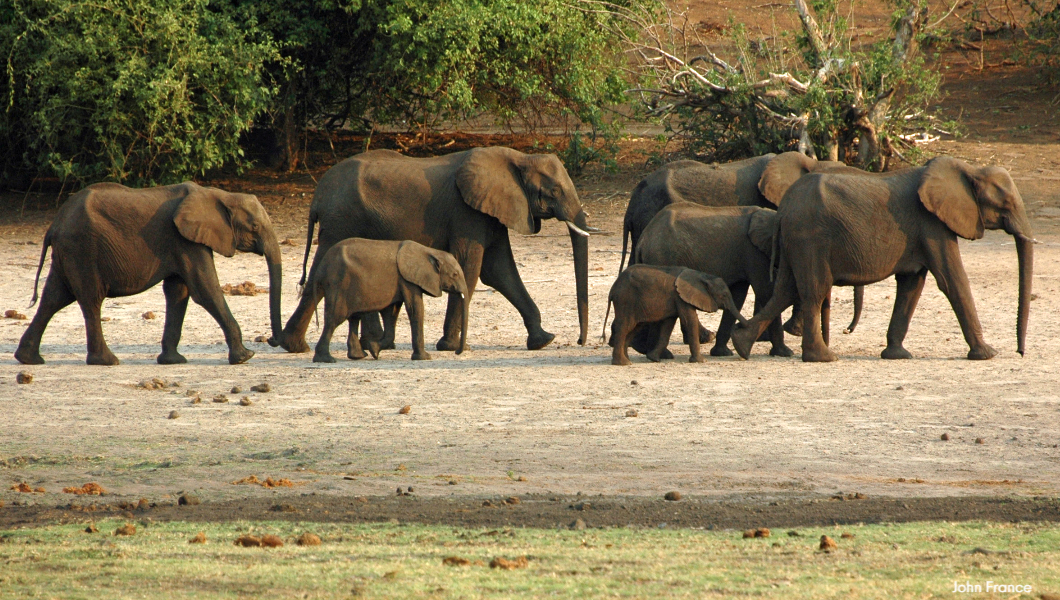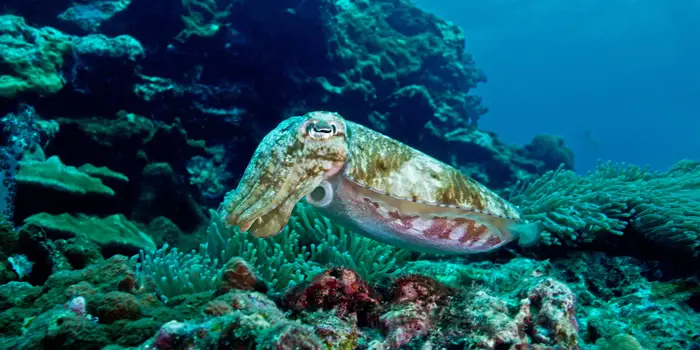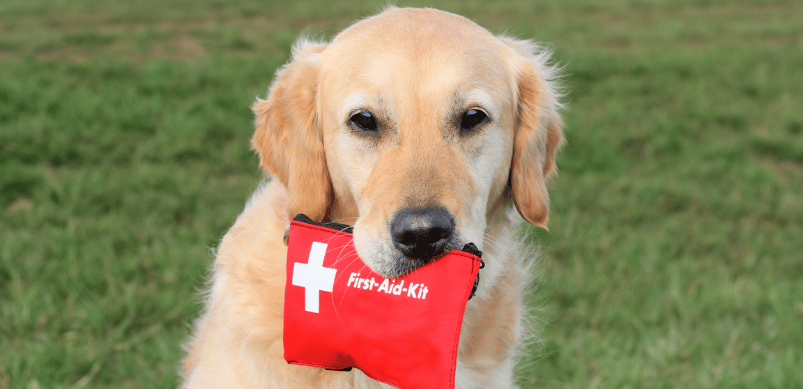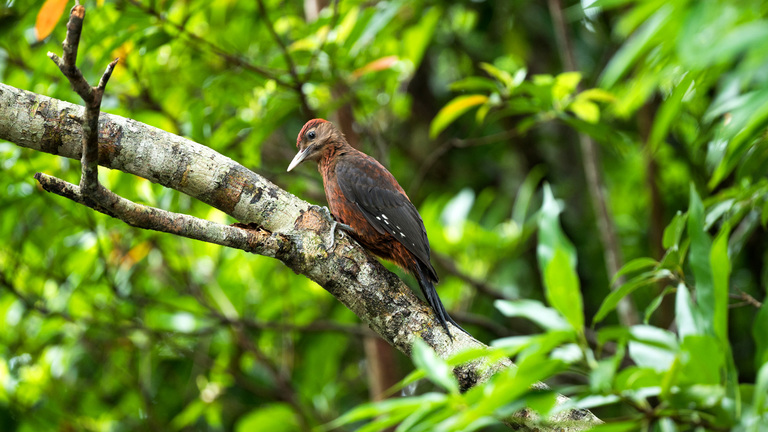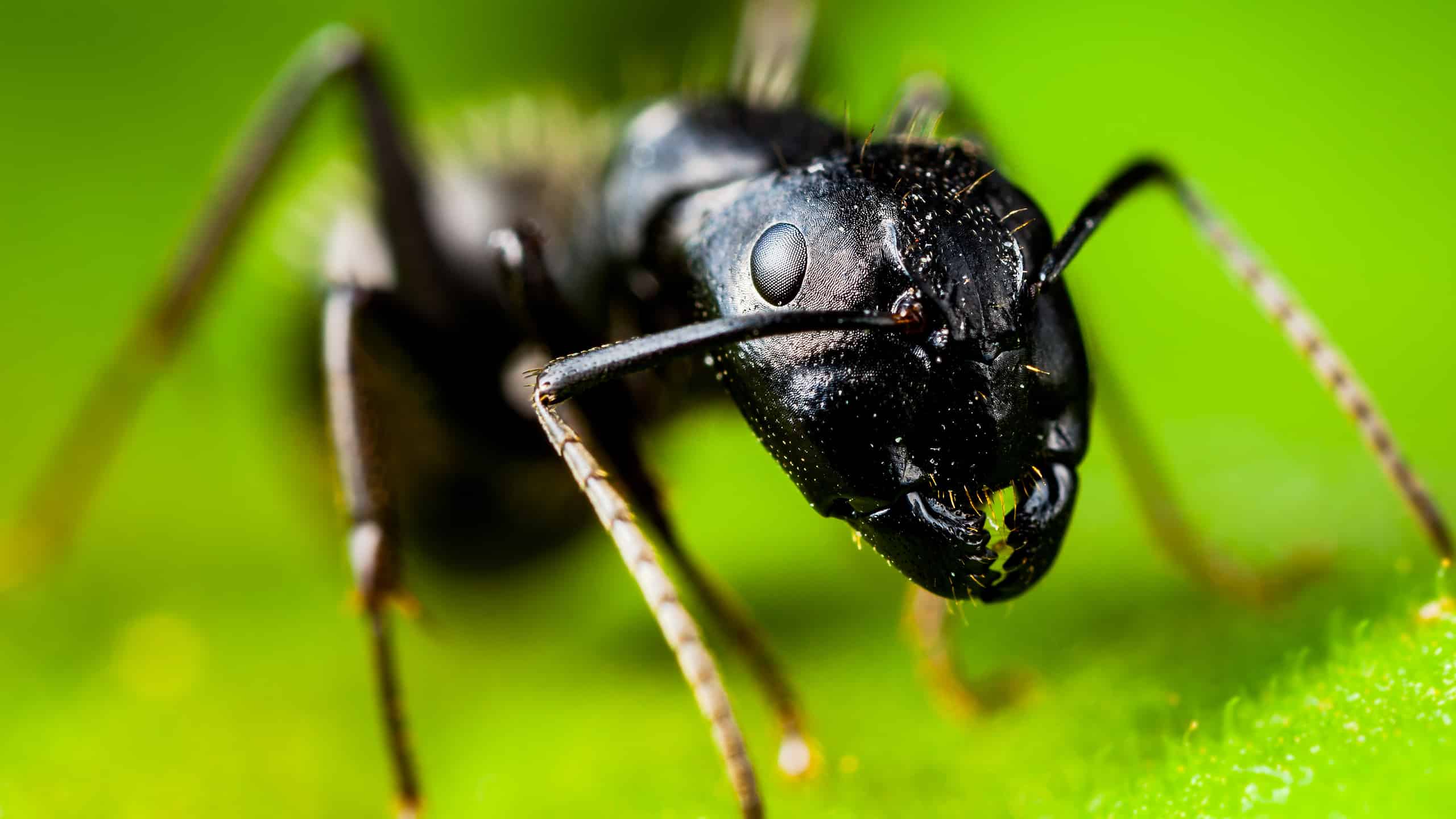Polar bears, the iconic rulers of the Arctic, capture our imagination with their snowy fur, powerful presence, and remarkable adaptations to one of Earth’s harshest environments. These magnificent creatures are more than just cuddly-looking giants; they’re a testament to nature’s ingenuity, thriving where few others can. In this article, we’ll dive into 10 captivating facts about polar bears, weaving together science, stories, and conservation insights to bring you closer to these Arctic ambassadors. Whether you’re a wildlife lover or just curious about the far north, this journey will leave you in awe of the polar bear’s resilience and charm.
Why Polar Bears Are Arctic Icons
Polar bears embody the wild spirit of the Arctic, roaming sea ice in search of seals and surviving frigid temperatures that would make most of us shiver just thinking about. Their adaptations and behaviors are a masterclass in survival, making them a focal point for conservation and climate discussions. This article explores 10 key facts about polar bears, blending personal anecdotes and expert insights to paint a vivid picture of their world.
Fact 1: Polar Bears Are the Largest Land Carnivores
Polar bears (Ursus maritimus) hold the title of the world’s largest land carnivores, with males weighing up to 1,700 pounds and standing 10 feet tall when upright. Their massive size helps them tackle prey like seals and endure the Arctic’s brutal cold. I once saw a polar bear’s paw print in Churchill, Canada, and it was as big as a dinner plate—talk about a humbling moment!
Size Comparison with Other Bears
Compared to grizzly bears (up to 800 pounds) or black bears (up to 600 pounds), polar bears are giants. Their size is an evolutionary advantage for hunting and conserving heat in subzero temperatures. Conservation efforts in places like Svalbard protect these behemoths from habitat loss.
Fact 2: Their Fur Isn’t Actually White
Despite appearances, polar bear fur isn’t white—it’s translucent, reflecting the snowy Arctic environment. Each hair shaft scatters light, creating a white illusion, while their black skin absorbs heat. This clever trick helps them blend into their surroundings and stay warm, a fact that amazed me when I learned it during a guided Arctic tour.
How Fur Aids Survival
The translucent fur traps heat like a greenhouse, while a thick blubber layer (up to 4 inches) insulates them from freezing waters. This dual system makes them perfectly suited for icy swims. Organizations like Polar Bears International study these adaptations to inform conservation strategies.
Fact 3: Polar Bears Are Marine Mammals
Unlike other bears, polar bears are classified as marine mammals, spending much of their lives on sea ice and swimming vast distances. They rely on ice to hunt seals, their primary food source. Watching a polar bear glide through icy waters in a documentary felt like witnessing a furry submarine in action.
Swimming Prowess
Polar bears can swim over 60 miles non-stop, using their large paws as paddles. Climate change, however, melts their sea ice platforms, forcing longer swims that exhaust even these strong swimmers. Protecting Arctic ice is critical, as highlighted by WWF’s Arctic programs.
Fact 4: They Have an Incredible Sense of Smell
Polar bears can smell a seal from over a mile away, thanks to their highly sensitive noses. This superpower helps them locate prey hidden under snow or ice. I remember a guide in Nunavut joking that a polar bear could sniff out my lunch from across a tundra!
Smell vs. Other Senses
Their sense of smell is 100 times stronger than a dog’s, far outpacing their vision or hearing. This adaptation is key to hunting in the vast, featureless Arctic. Research from the University of Alaska supports efforts to monitor their hunting grounds.
Fact 5: Polar Bears Are Solitary Creatures
Polar bears prefer a solitary life, except during mating season or when mothers raise cubs. This independence suits their vast Arctic territories, where food is scarce. A story from a researcher friend described a lone bear wandering the ice, a poignant image of their solitary strength.
Social Exceptions
Mothers are fiercely protective, raising cubs for about two years, teaching them to hunt and survive. Males may gather briefly where food is abundant, like at whale carcasses. Conservationists track these behaviors to understand population dynamics.
Fact 6: They Rely Heavily on Sea Ice
Sea ice is the polar bear’s hunting platform, where they stalk seals at breathing holes. Melting ice due to climate change forces them to travel farther or swim longer, risking starvation. Seeing images of skinny polar bears on shrinking ice floes tugged at my heartstrings.
Impact of Climate Change
Arctic sea ice is shrinking by 13% per decade, per NASA data, threatening polar bear survival. Conservation groups advocate for reduced carbon emissions to slow ice loss. Protecting ice habitats is a race against time for these bears.
Fact 7: Polar Bears Have a Unique Diet
Polar bears primarily eat ringed and bearded seals, relying on their high-fat content to build blubber reserves. They can consume up to 100 pounds of blubber in one sitting! A local in Churchill shared how bears sometimes scavenge human food, a risky behavior conservationists aim to curb.
Dietary Adaptations
Their sharp canines and strong jaws are built for tearing blubber, while their stomachs handle massive meals. On land, they may eat berries or birds, but seals are key. WWF’s dietary studies help inform habitat protection plans.
Fact 8: Cubs Are Born Tiny and Vulnerable
Polar bear cubs are born in snow dens, weighing just 1–2 pounds—smaller than a loaf of bread! Mothers nurse them for months in cozy dens before they venture onto the ice. The idea of these tiny fluffballs growing into massive predators is nature’s ultimate glow-up.
Denning Behavior
Mothers dig dens in snowbanks to shield cubs from harsh winters, emerging in spring. Climate-driven snow loss threatens den stability. Research from the Canadian Wildlife Service monitors denning sites to protect cubs.
Fact 9: Polar Bears Are Expert Hunters
Polar bears use stealth and patience, often waiting hours by seal breathing holes (called “still-hunting”). Their white fur and quiet movements make them nearly invisible. A documentary showing a bear’s patient wait by an ice hole left me marveling at their skill.
Hunting Techniques
They also stalk seals on ice or dive to catch them underwater. Declining ice forces bears to adapt, sometimes scavenging or hunting land animals. Conservation efforts focus on preserving hunting grounds, as noted by the IUCN.
Fact 10: They Face a Precarious Future
Polar bears are listed as vulnerable by the IUCN, with 19 subpopulations and an estimated 22,000–31,000 individuals. Climate change, pollution, and human activity threaten their survival. Learning about their plight during a conservation talk in Canada inspired me to spread awareness.
Conservation Efforts
Groups like Polar Bears International and WWF work to protect habitats, reduce human-bear conflicts, and advocate for climate action. Community programs in Arctic towns teach safe coexistence, ensuring bears remain wild and safe.
Comparing Polar Bears to Other Arctic Animals
Polar bears share the Arctic with other resilient species, but their adaptations are unique. Here’s a comparison to highlight their distinct traits.
| Animal | Key Adaptation | Habitat | Diet |
|---|---|---|---|
| Polar Bear | Translucent fur, blubber | Sea ice, coasts | Seals, blubber |
| Arctic Fox | Thick fur, small size | Tundra, coasts | Small mammals, birds |
| Walrus | Tusks, thick skin | Sea ice, shallow waters | Clams, mollusks |
| Reindeer | Antlers, wide hooves | Tundra, forests | Lichens, plants |
Pros and Cons of Polar Bear Adaptations
- Pros: Thick blubber and fur insulate against cold; strong swimming and hunting skills ensure survival in harsh Arctic conditions.
- Cons: Heavy reliance on sea ice makes them vulnerable to climate change; specialized diet limits food options when seals are scarce.
Conservation Challenges and Solutions
Polar bears face mounting threats, but global efforts offer hope. Climate change, human encroachment, and pollution are the biggest hurdles, yet actionable solutions exist.
Climate Change and Melting Ice
Arctic warming, at twice the global rate, melts sea ice critical for hunting. NASA reports a 40% ice loss since the 1980s, pushing bears toward starvation. Global climate agreements, like the Paris Accord, aim to curb warming.
Human-Wildlife Conflict
As ice melts, polar bears venture into Arctic towns, raiding food sources. In Churchill, I saw “polar bear jails” used to safely relocate curious bears. Community education and bear-proof bins reduce conflicts.
Pollution and Oil Exploration
Chemicals like PCBs accumulate in polar bears’ blubber, harming health. Oil drilling in the Arctic threatens habitats. Advocacy groups push for stricter regulations, as seen in campaigns by Greenpeace.
How You Can Help Polar Bears
Saving polar bears starts with small, meaningful actions. Here’s how to get involved:
- Reduce Carbon Footprint: Use energy-efficient appliances, drive less, and support renewable energy.
- Support Conservation: Donate to Polar Bears International or WWF’s Arctic programs.
- Spread Awareness: Share stories, like the viral polar bear cub Knut, to inspire action.
- Choose Sustainable Products: Avoid plastics that pollute Arctic waters.
Where to Learn More
- Polar Bears International: Offers educational resources and live webcams.
- WWF Arctic Program: Provides updates on conservation efforts.
- National Geographic: Features documentaries and articles on polar bears.
Best Tools for Polar Bear Enthusiasts
- Wildlife Apps: iNaturalist helps identify Arctic species during travels.
- Conservation Platforms: WWF Together offers insights into polar bear lives.
- Virtual Tours: Explore Arctic habitats via San Diego Zoo’s polar bear cams.
People Also Ask (PAA) Section
Below are real Google “People Also Ask” questions, answered concisely for featured snippet optimization.
What are 5 interesting facts about polar bears?
- Largest land carnivores, up to 1,700 pounds. 2. Translucent fur reflects snow. 3. Marine mammals, swimming 60+ miles. 4. Smell seals from a mile away. 5. Vulnerable due to melting sea ice.
Where can I see polar bears in the wild?
Churchill, Canada, and Svalbard, Norway, offer guided tours to see polar bears on sea ice. Book with ethical operators like Frontiers North Adventures.
How can I help polar bears survive?
Reduce your carbon footprint, donate to Polar Bears International, and support policies to combat climate change, like those at climate.gov.
Why are polar bears endangered?
Polar bears are vulnerable due to melting sea ice from climate change, pollution, and human conflicts, reducing their hunting grounds and food access.
FAQ Section
Q: How do polar bears stay warm in the Arctic?
A: Their translucent fur traps heat, black skin absorbs sunlight, and a thick blubber layer insulates against freezing temperatures.
Q: What do polar bears eat?
A: They primarily eat ringed and bearded seals, consuming blubber for energy. On land, they may eat berries or birds if seals are scarce.
Q: Where do polar bears live?
A: Polar bears inhabit Arctic regions, including Canada, Greenland, Norway, Russia, and Alaska, relying on sea ice for hunting.
Q: How are polar bears affected by climate change?
A: Melting sea ice reduces their hunting platforms, forcing longer swims and risking starvation, with ice loss at 13% per decade.
Q: Can I adopt a polar bear?
A: Yes, symbolic adoptions through WWF or Polar Bears International fund conservation while providing educational materials.
Conclusion: Embracing the Polar Bear’s Legacy
Polar bears are more than Arctic giants—they’re symbols of resilience, beauty, and the urgent need to protect our planet. From their incredible sense of smell to their dependence on vanishing sea ice, these 10 facts reveal a species both powerful and fragile. By supporting conservation, reducing our environmental impact, and sharing their story—like the heartwarming rescue of a stranded cub in Nunavut—we can help ensure polar bears continue to roam the Arctic. Let’s act now to keep these majestic creatures thriving for generations to come.

